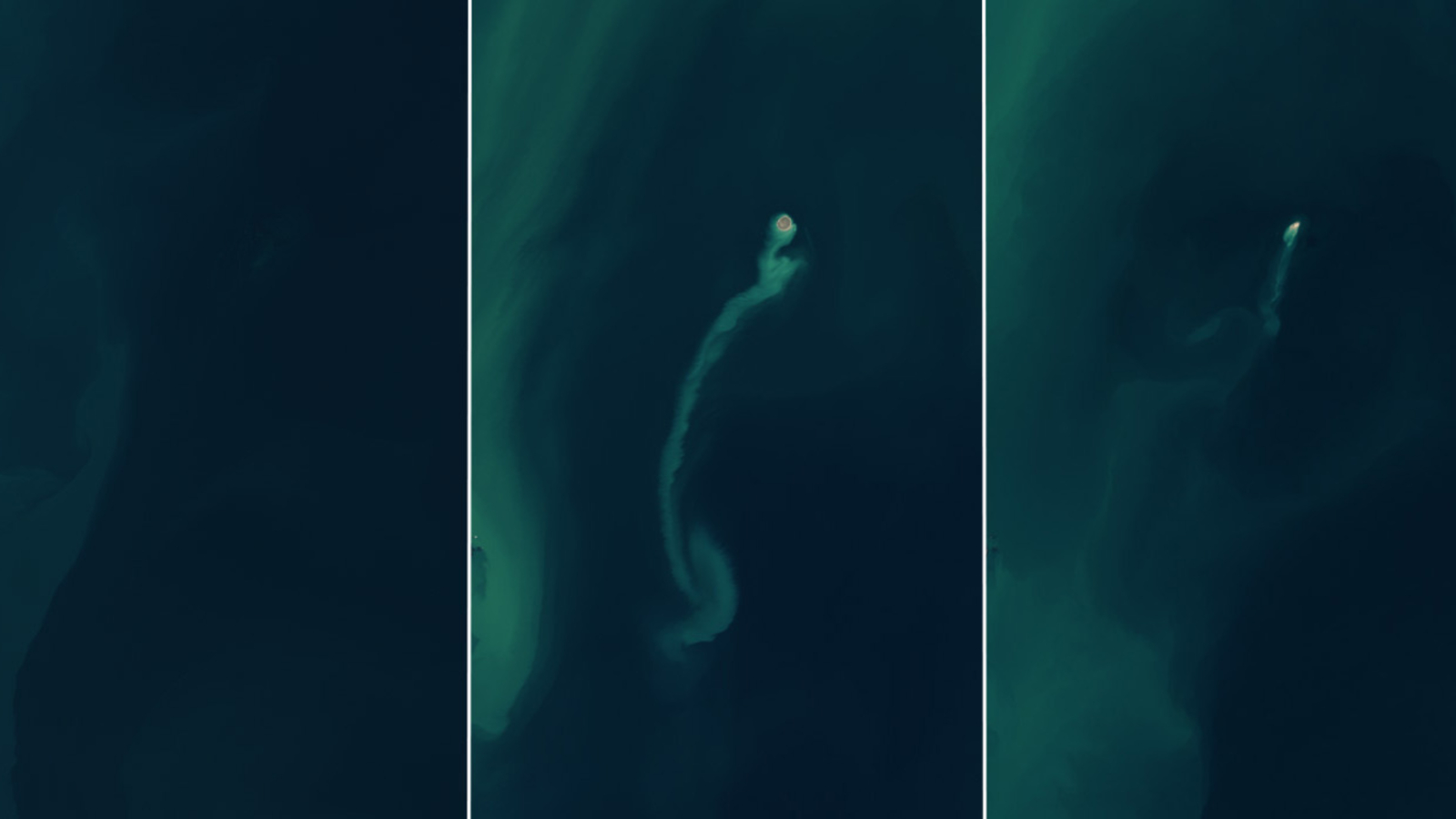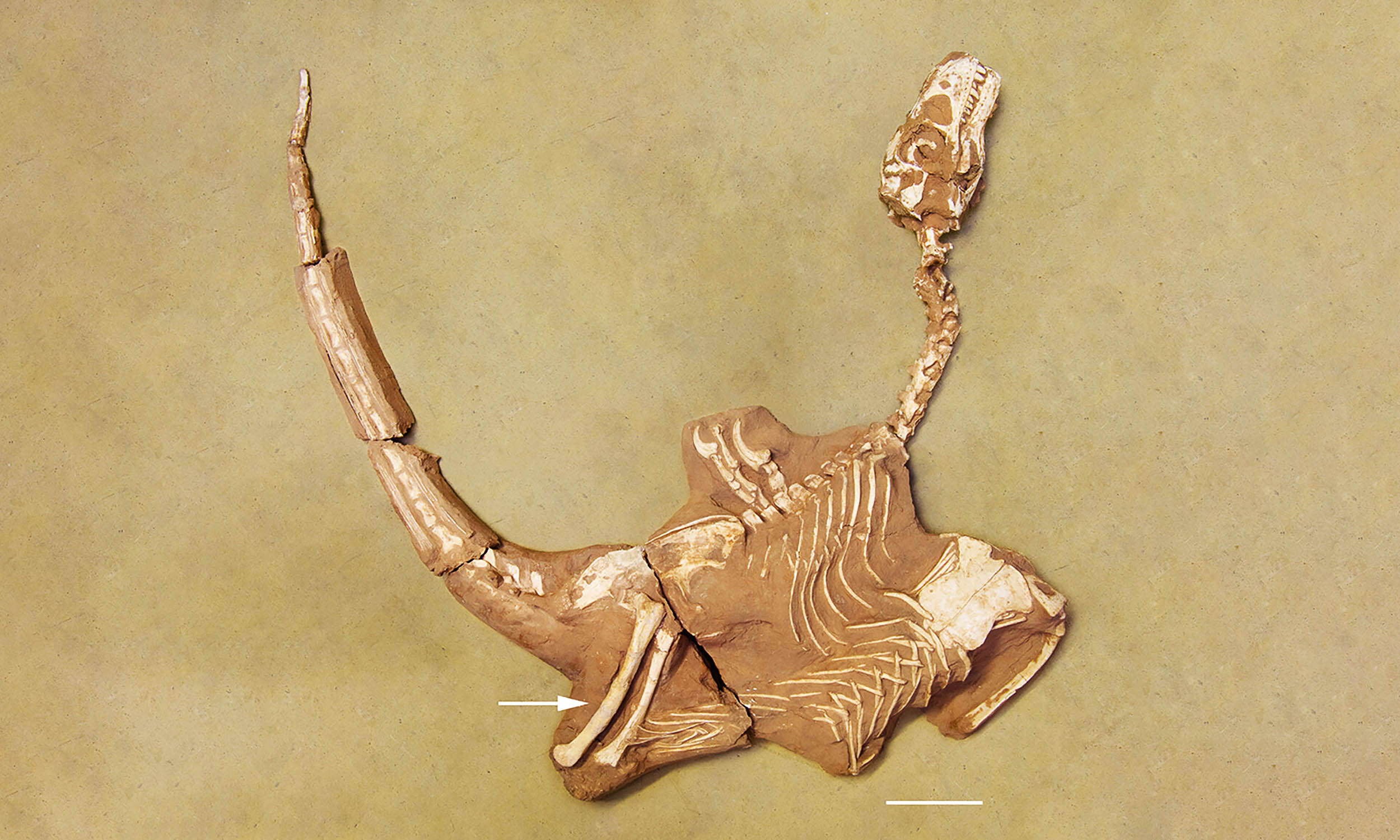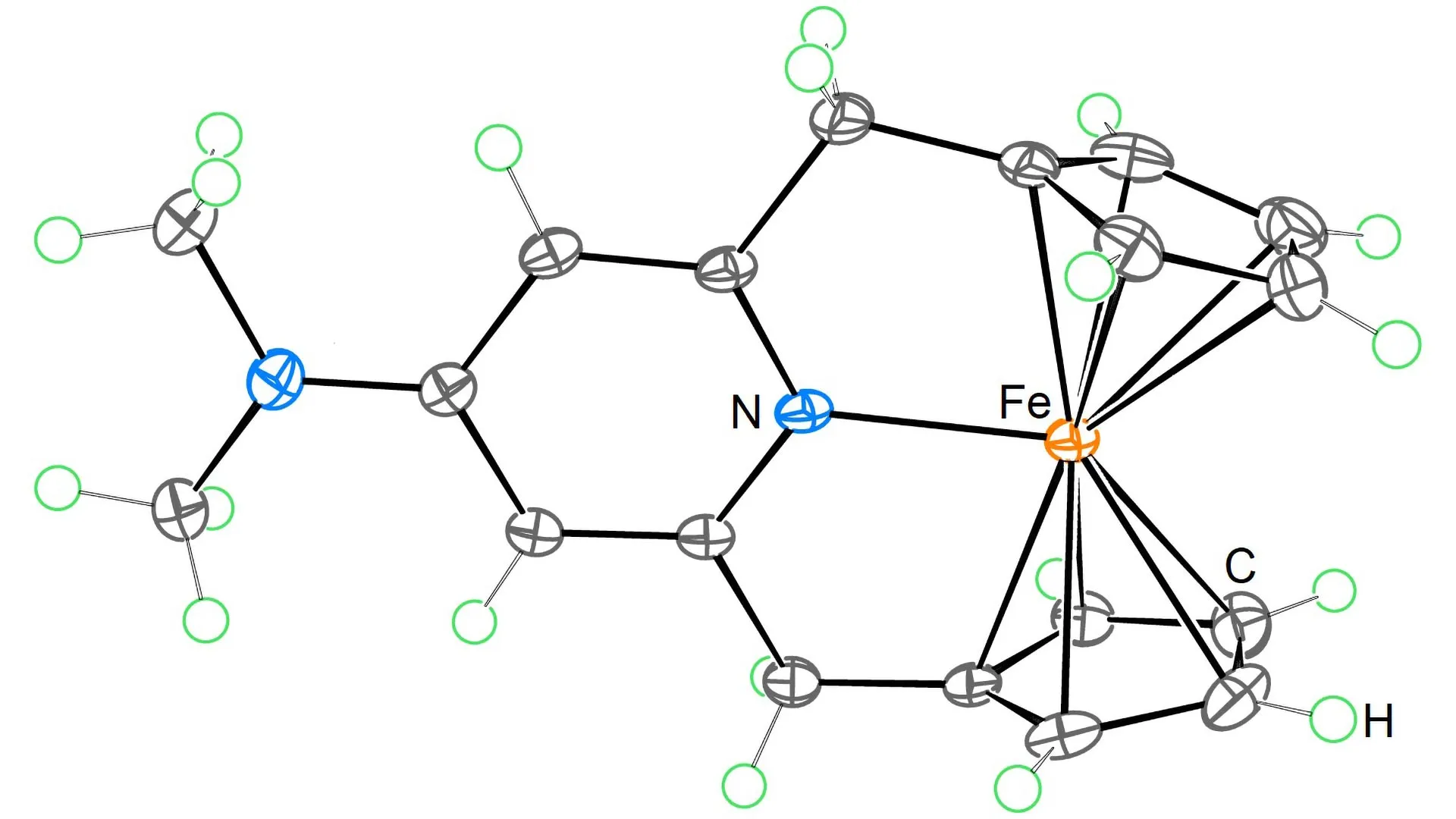Shocking Footage: Watch an Earthquake Unfold in Real Time!

Imagine witnessing the earth literally tear itself apart on video—this isn't a scene from a disaster movie, but a real-life recording captured during a powerful earthquake in Myanmar. Just days after the seismic event on March 28, 2025, a CCTV video went viral, revealing the jaw-dropping moment when the ground along the Sagaing Fault ruptured during a magnitude 7.7 earthquake.
Positioned merely 20 meters east of the fault line and a staggering 120 kilometers from the earthquake’s epicenter, the security camera captured footage that would send chills down anyone’s spine. Geophysicists Jesse Kearse and Yoshihiro Kaneko from Kyoto University didn’t just watch the video; they dissected it to uncover groundbreaking geological insights.
“I saw this on YouTube an hour or two after it was uploaded, and it sent chills down my spine straight away,” Kearse recalled. What they witnessed was unlike anything the scientific community had previously seen. The video depicted not just the violent shaking of the earth, but also an incredible visual demonstration of how fault dynamics work. It was a moment of scientific euphoria—a dream come true for earthquake researchers.
Though geological clues had suggested that during faulting, blocks of rock could rotate slightly rather than just slide straight across, this video provided the proof that scientists had been longing for. “Instead of things moving straight across the video screen, they moved along a curved path that has a convexity downwards,” Kearse explained. This insight is monumental, changing how geophysicists understand fault motion.
To analyze the clip, Kearse and Kaneko employed pixel cross-correlation techniques, examining the movement frame by frame. Their analysis indicated that during the earthquake, the fault slipped 2.5 meters in approximately 1.3 seconds, achieving a peak velocity of around 3.2 meters per second—what a pulse-like earthquake indeed! This finding not only aligns with seismic data from previous earthquakes but also reshapes our understanding of fault behavior.
What makes this video so groundbreaking is that it visually confirms theories about earthquake mechanics. The fault motion displayed a fascinating pattern: while the primary motion was vertical—characteristic of strike-slip faults—the movement initially curved before settling into a linear trajectory as it slowed down. Such dynamics illustrate how the rupture process begins at the surface’s weakest points and then propagates through the fault.
This captivating footage doesn’t just feed casual curiosity; it will assist researchers in developing more accurate models for predicting how faults rupture and how seismic energy disperses. As Kearse and Kaneko concluded, the implications for future earthquake research are colossal. Their findings were published in the study titled Curved Fault Slip Captured by CCTV Video During the 2025 Mw 7.7 Myanmar Earthquake in the journal The Seismic Record, providing a treasure trove of information for seismic scientists and enthusiasts alike.


























